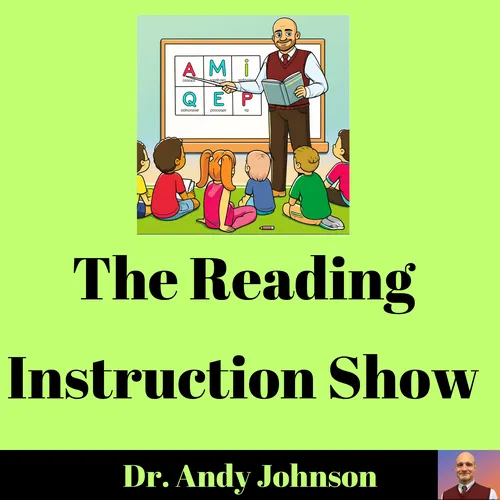
The Reading Instruction Show
The Reading Instruction Show is a podcast about reading instruction (and other things) with a little bit of attitude. There is plenty here to inform and entertain all. And, by the way, I'm not trying to sell any books. I don't have any curriculum or programs to market. I don't accept speaking fees. And, I don't ever want to be a consultant.
- Update frequency
- every 8 days
- Average duration
- 15 minutes
- Episodes
- 295
- Years Active
- 2019 - 2025

A BALANCED READING PROGRAM: 12 ELEMENTS
Reading programs need to be balanced. This means that it’s is not all just one thing (like all phonics instruction, or all reading, or all writing, or all anything). Instead, there’s a little bit of …

WORD CLASS: A SELF-SECTED APPROACH TO SPELLING "INSTRUCTION" - PART 1
Weekly spelling tests have been the staple of elementary education for the last 100 years. Here students memorize a list of words each week and then take a test on Friday. Tests are corrected, scores…
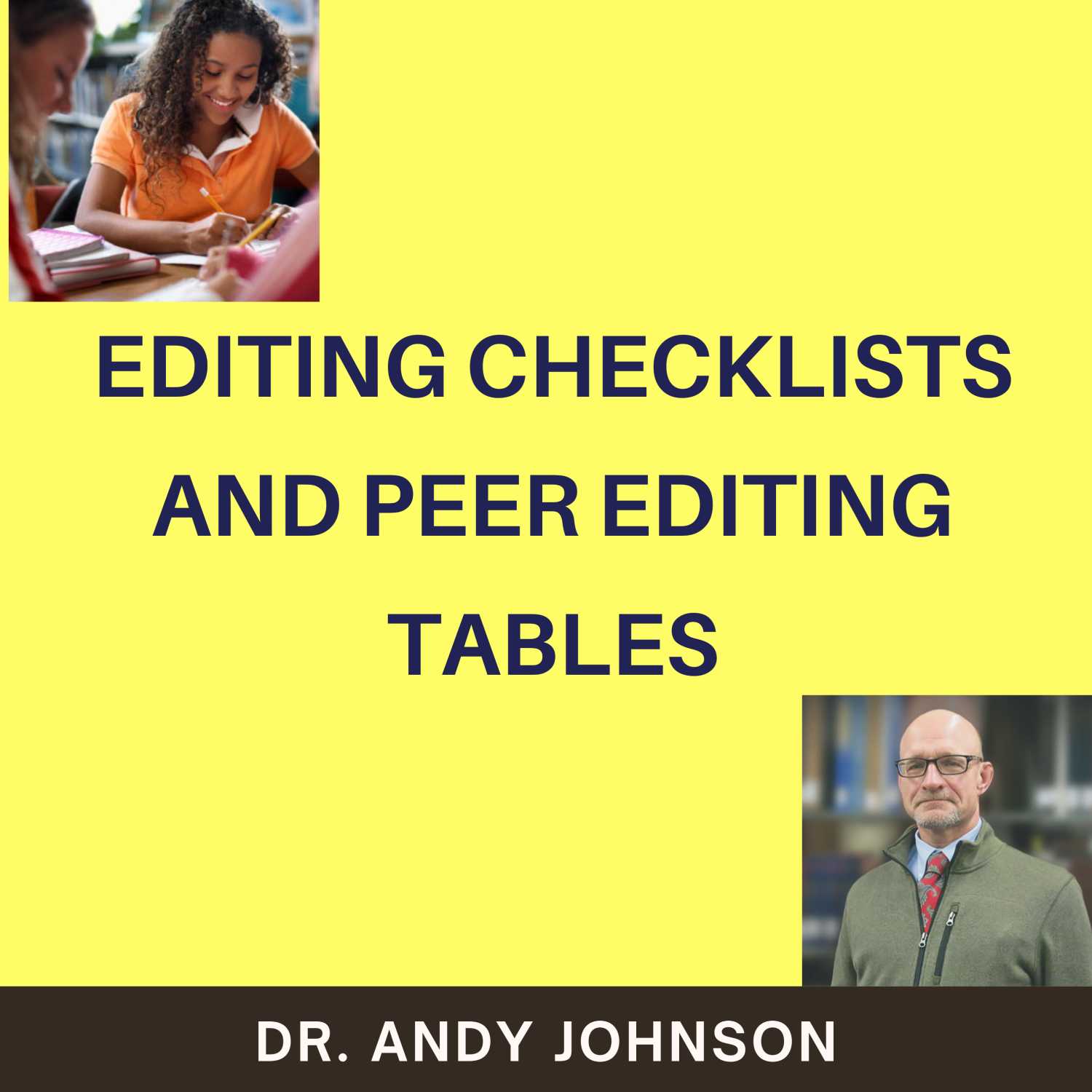
TEACHING WRITING: SELF EDITNG AND PEER-EDITING
Editing checklists and peer editing tables are great ways to reinforce grammar skills - and they also provide the structure necessary for students to successfully edit their papers.
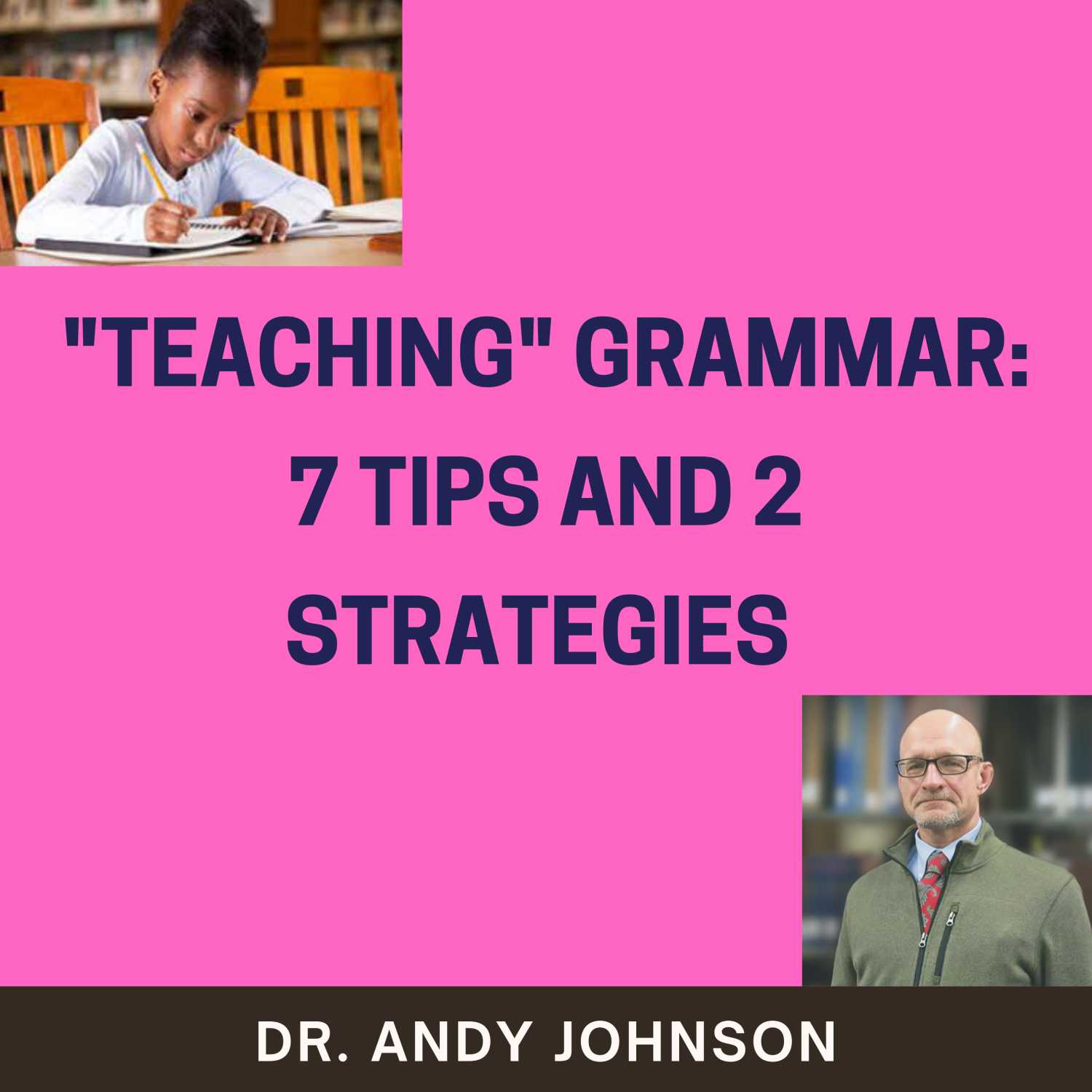
TEACHING GRAMMAR: 7 TIPS AND 2 TEACHING STRATEGIES
Listed below are seven simple tips for helping students to develop an awareness of grammar in their speaking and writing.
1. Use lots of real writing. Authentic writing with feedback and response from…

TEACHING GRAMMAR
learning about grammar doesn’t have to be boring and meaningless. This chapter starts by dispelling some myths, otherwise known as silly grammar ideas. It then describes three approaches to gramma…

TEMPORARY SPELLING
This question often arises: Should you insist on correct spelling when children are getting their initial ideas on paper? Short answer: no.
• Real writers edit last. There’s a time an…
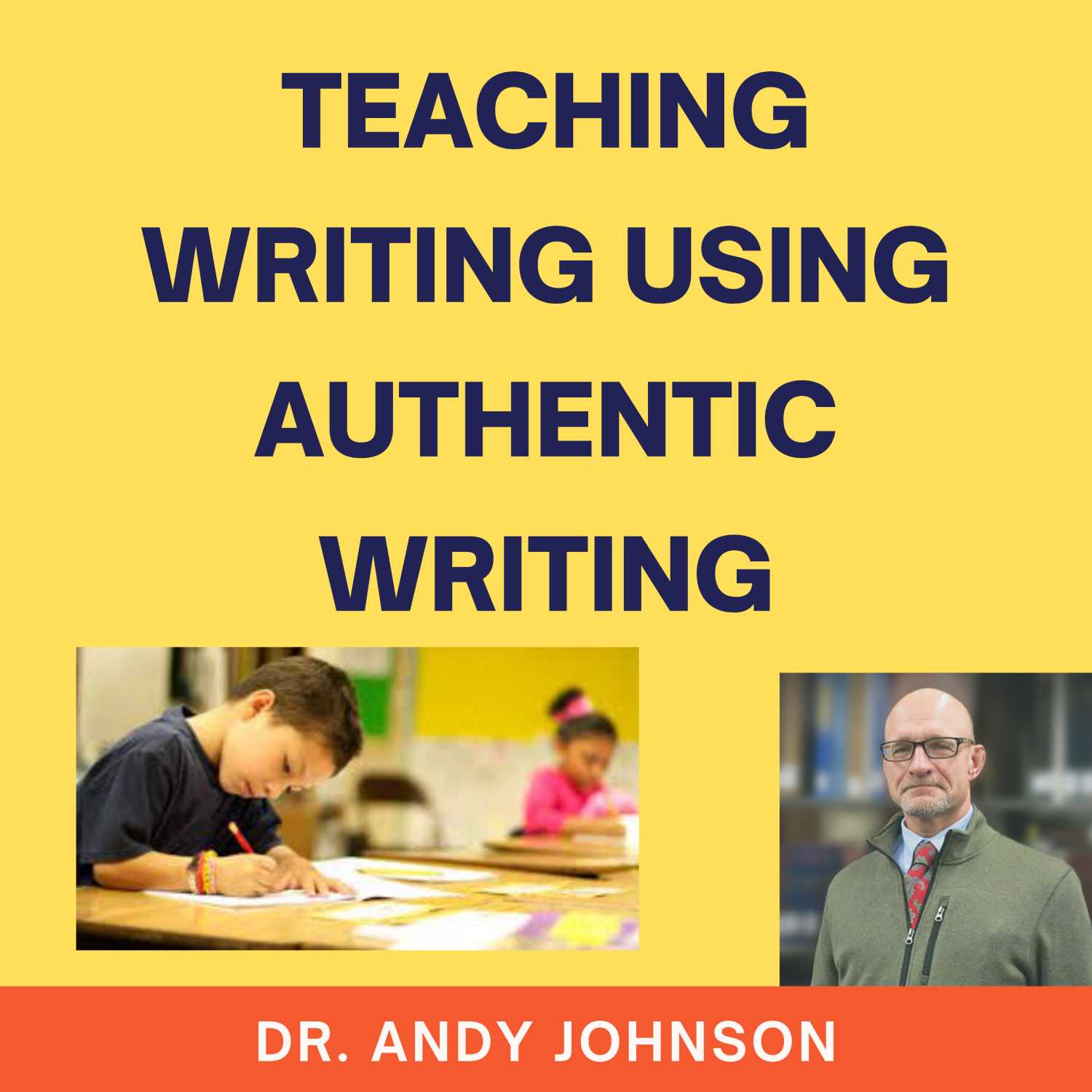
TEACHING USING AUTHENTIC WRITING
How much talking do you think young children would do if we corrected them after every utterance? What if we insisted that they pronounce every word perfectly and used only correct grammar as they w…
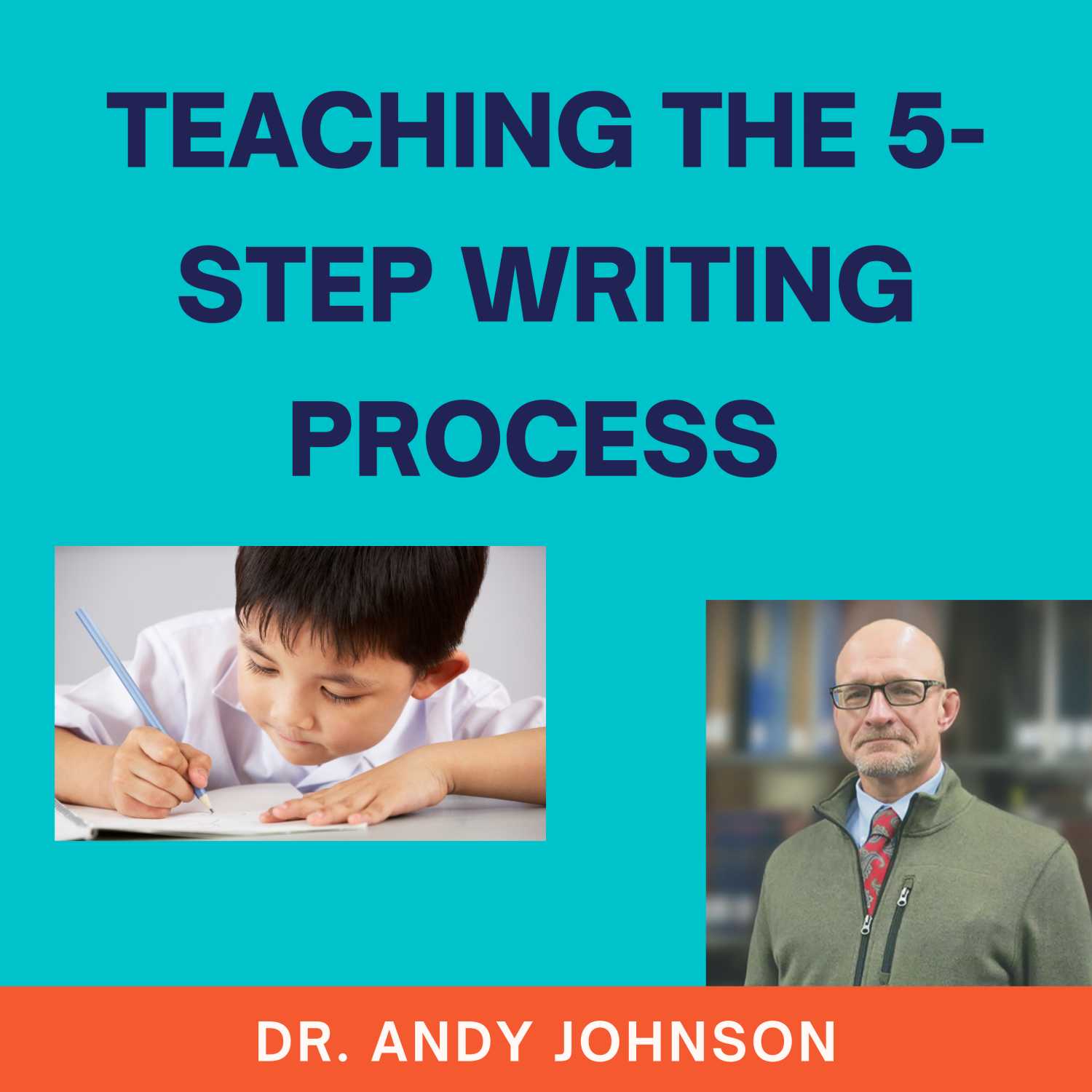
TEACHING THE 5-STEP WRITING PROCES
all language processes are connected (reading, writing, speaking, listening, and thinking). Each language enhances students’ ability to use the others. Thus, one of way to help children to become m…
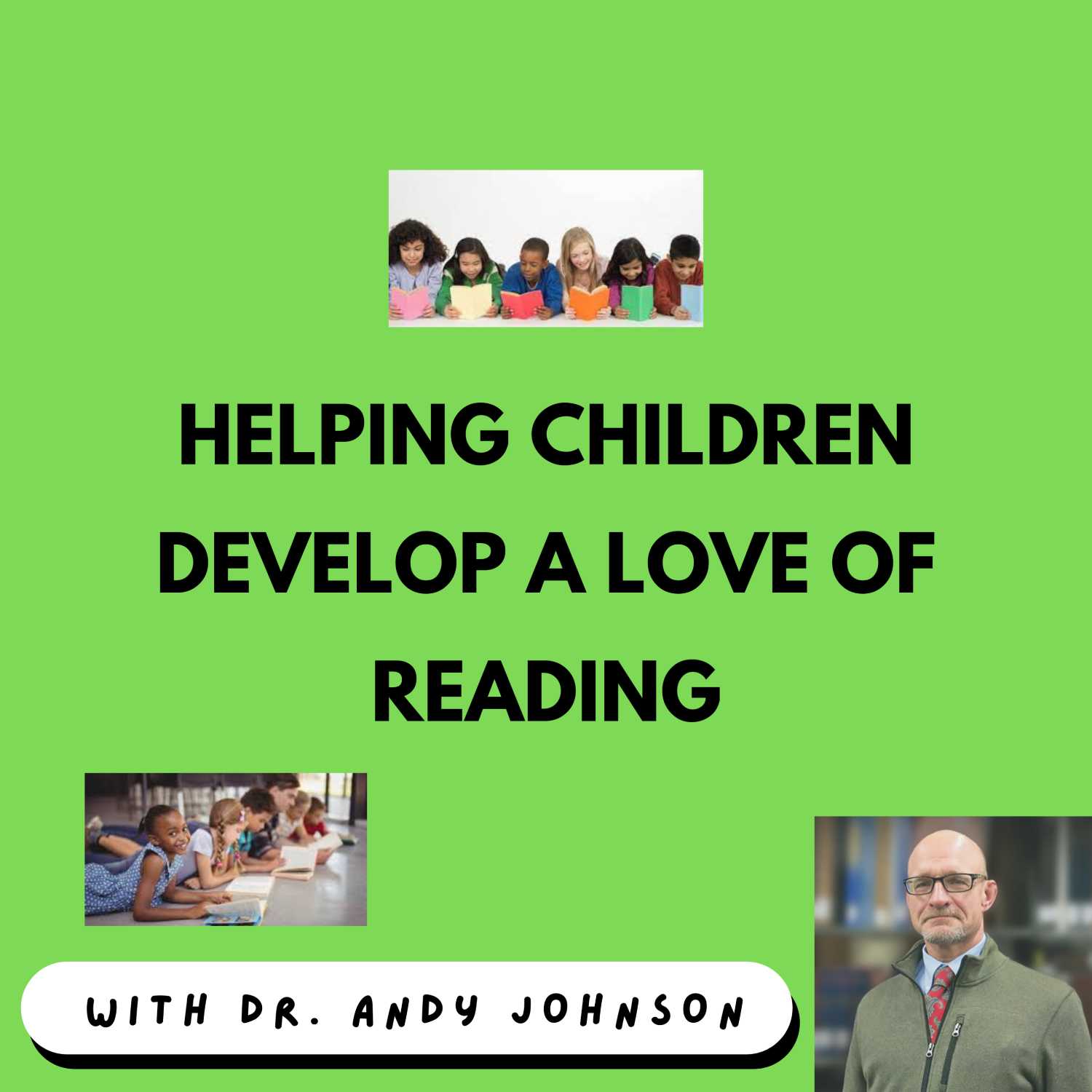
IDEAS FOR HELPING CHILDREN DEVELOP A LOVE OF READING
A teacher’s or tutors number one job is to help children fall in love with books. Once this is done 98 % of reading instruction is complete. However, to do this, you must have good books for them to …
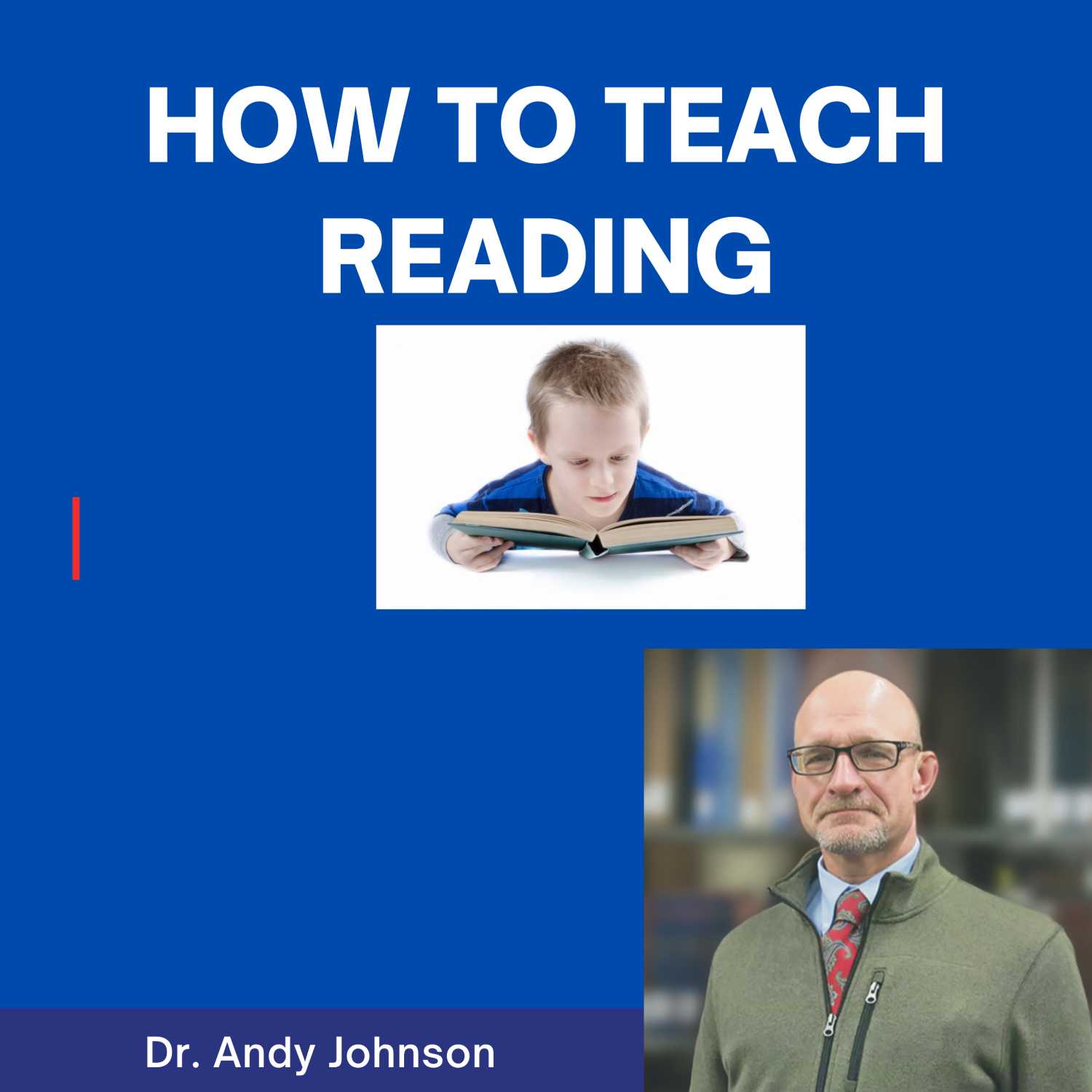
HOW TO TEACH READING
So how do we go about the business of teaching children to read? We don’t. Instead, we create the conditions whereby children can learn to read and develop their reading skills. As I said in the las…
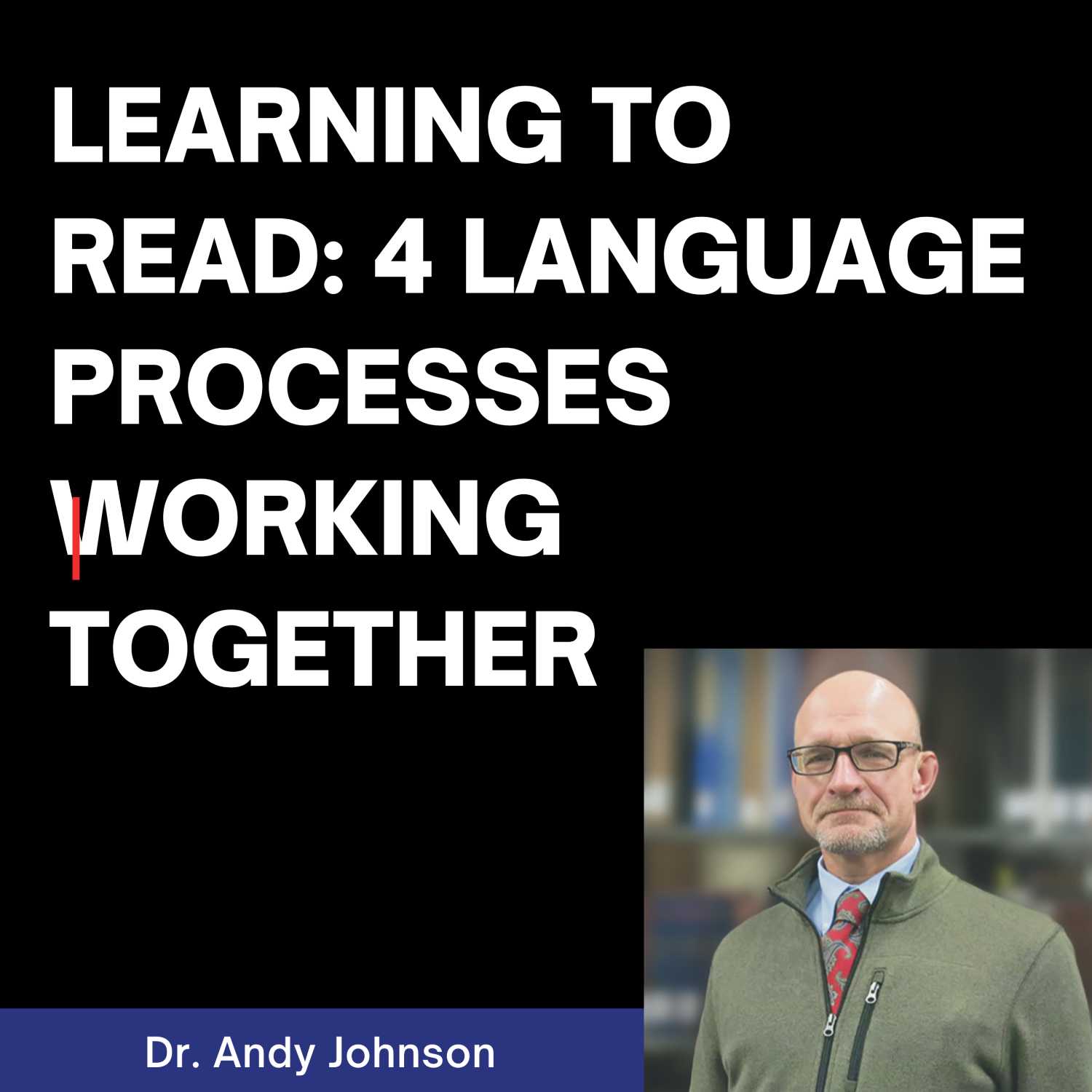
LEARNING TO READ AND WRITE: FOUR LANGUAGE PROCESSES WORKING TOGETHER
Learning to read is not an isolated process. Four language processes work together to enhance the development of each individual element: speaking, listening, reading, and writing. Listening and read…
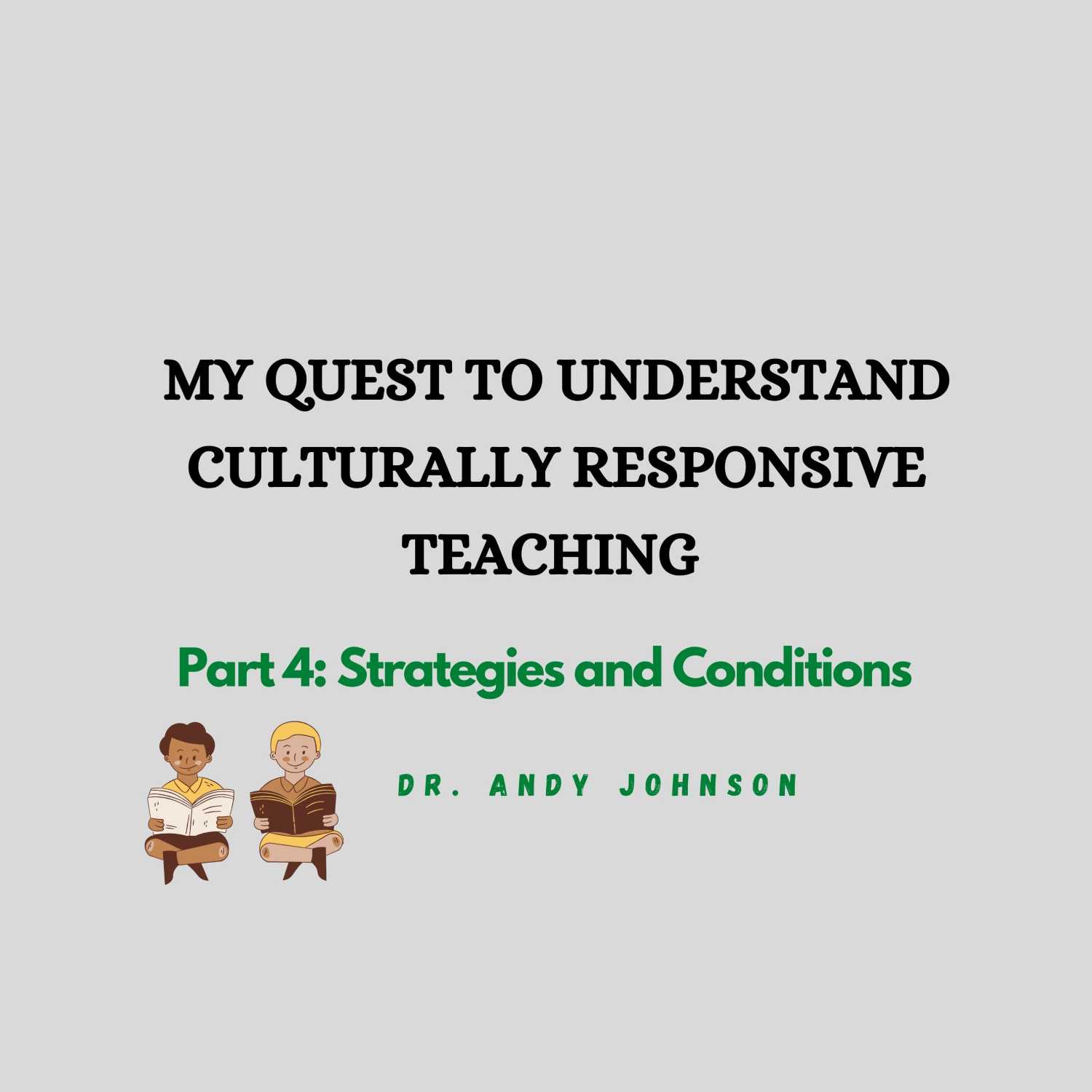
CULTURALLY RESPONSIVE TEACHING PART 4: STRATEGIES AND CONDITIONS
In this podcast I describe some strategies and conditions that might facilitate culturally responsive teaching. Again, I will stress that these strategies and conditions by themselves do not constitu…
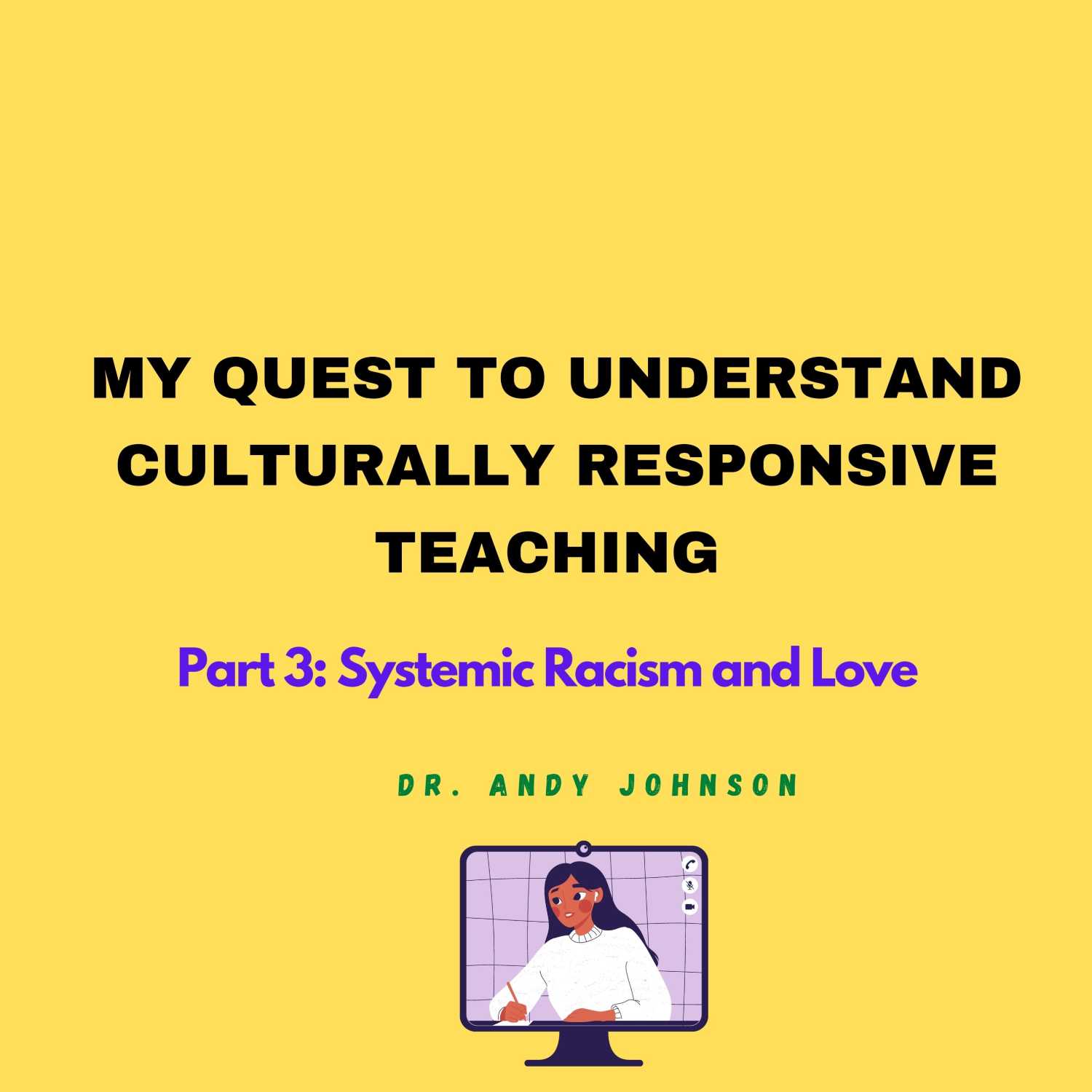
MY QUEST TO UNDERSTAND CULTURALLY RESPONSIVE TEACHING - PART 3
Zaretta Hammond defined culturally responsive teaching as . .
“An educator’s ability to recognize students’ cultural displays of learning and meaning making and respond positively and constructively w…
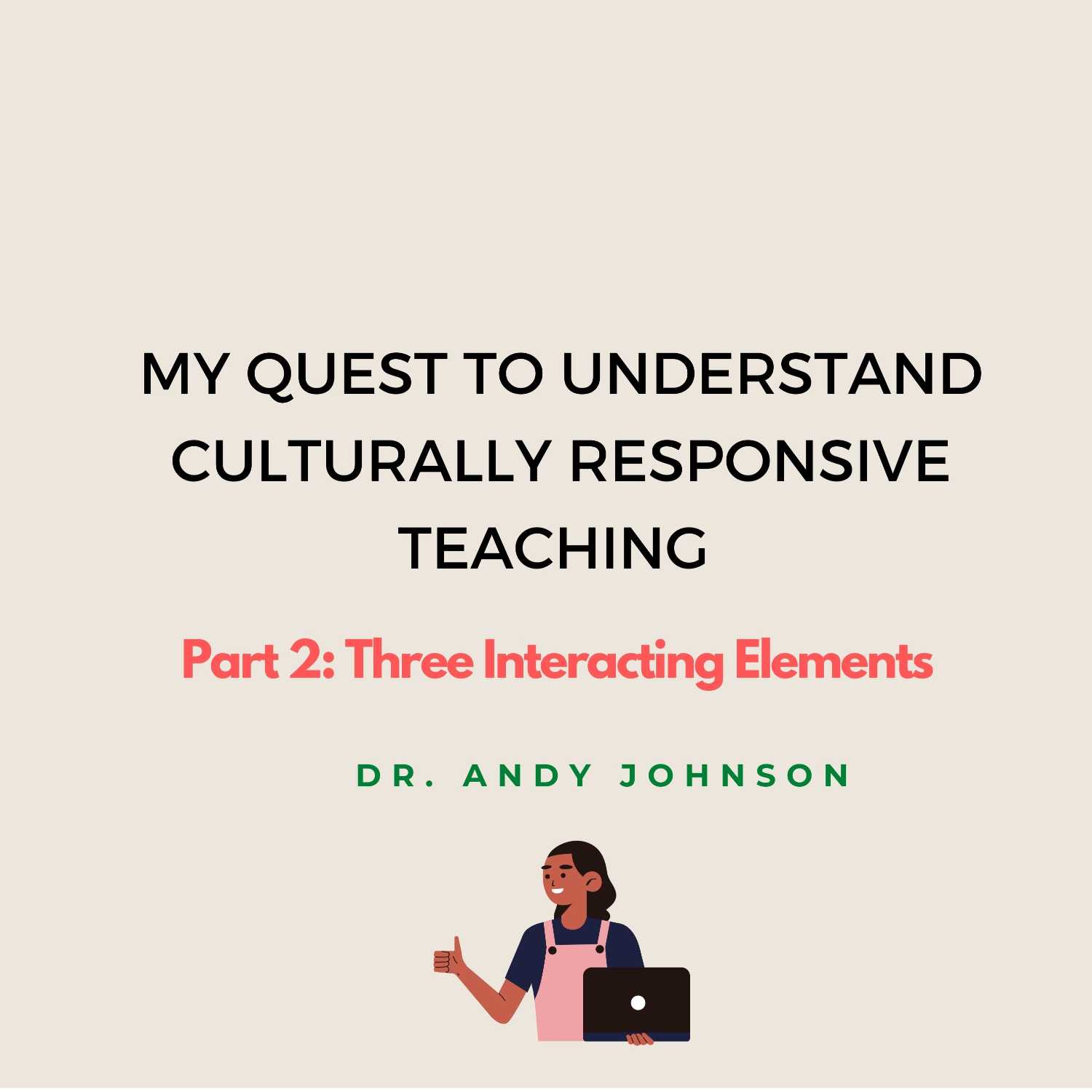
MY QUESTION TO UNDERSTAND CULTURALLY RESPONSIVE TEACHING - PART 2
Gloria Ladson-Billings (2014) describes culturally responsive teaching as consisting of three interacting and interconnected elements (a) learning that focuses on students’ intellectual growth, (b) c…
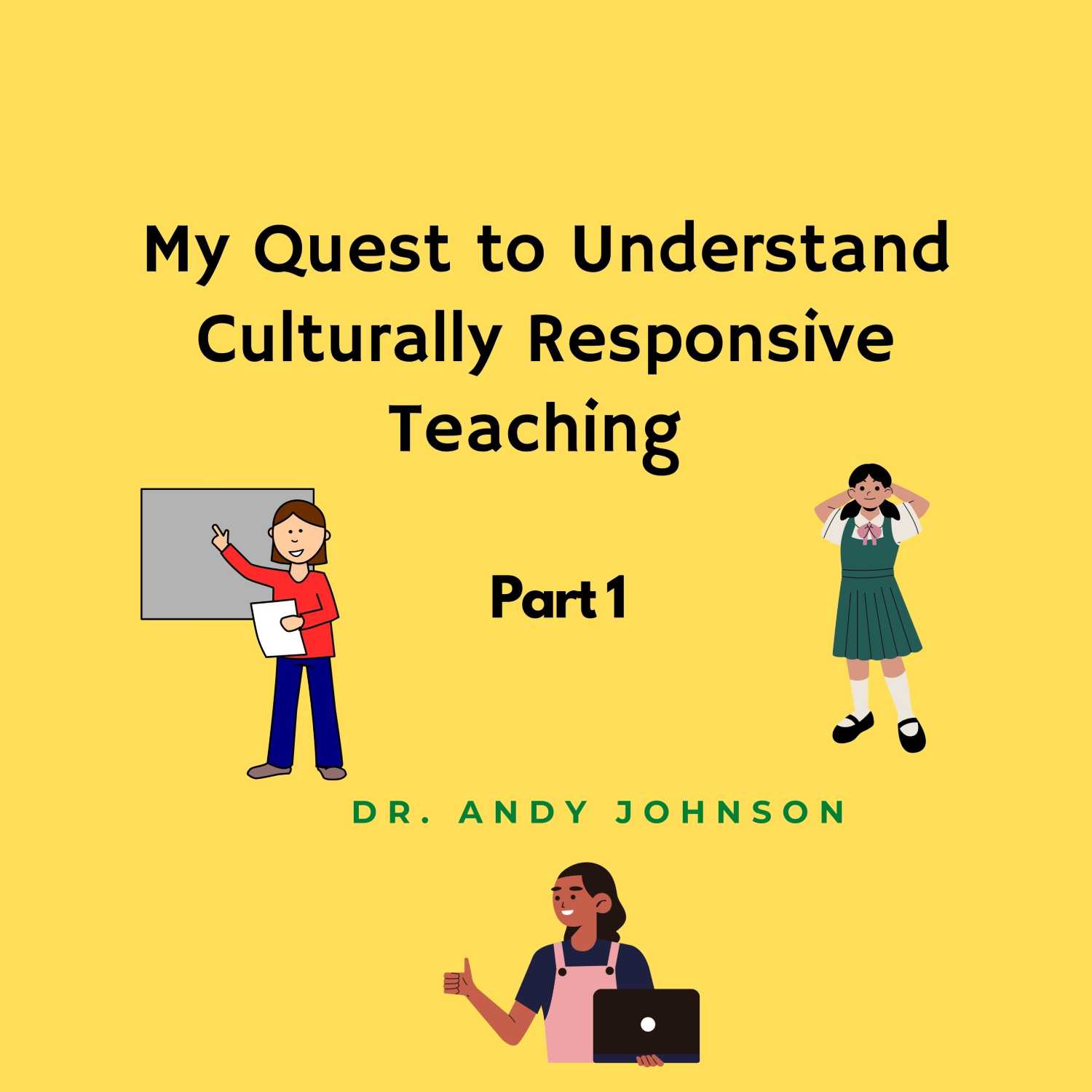
MY QUEST TO UNDERSTAND CULTURALLY RESPONSIVE TEACHING - PART 1
I used to think that CRT was a bunch of teaching strategies. Similar to cooperative learning, these strategies would have specific directions for their implementation. And if I just learned these s…
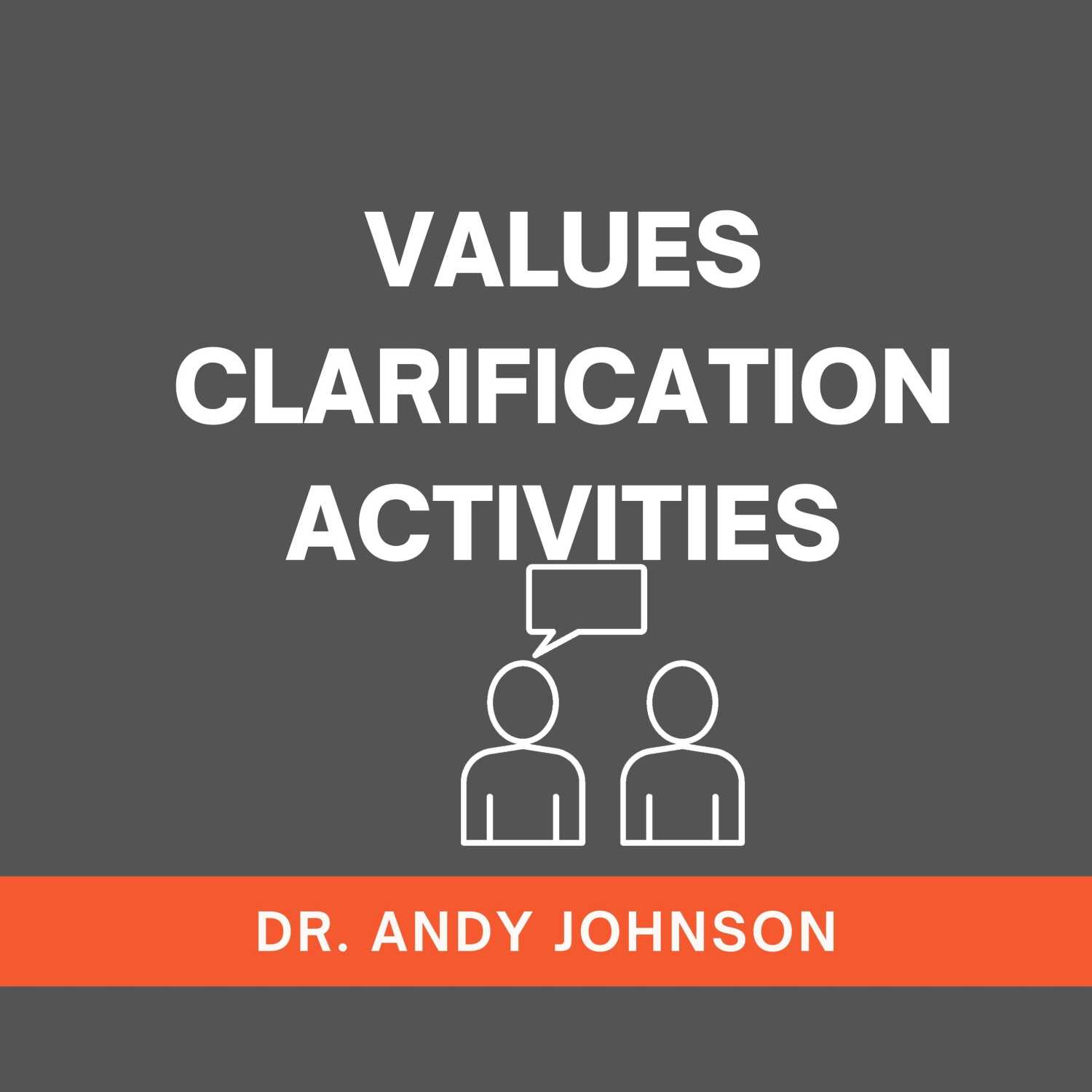
VALUES CLARIFICATION ACTIVITIES
Values clarification is a strategy designed to help students identify, examine, and clarify their own values (Johnson, 2006). In the past, there has some have mischaracterized of values …
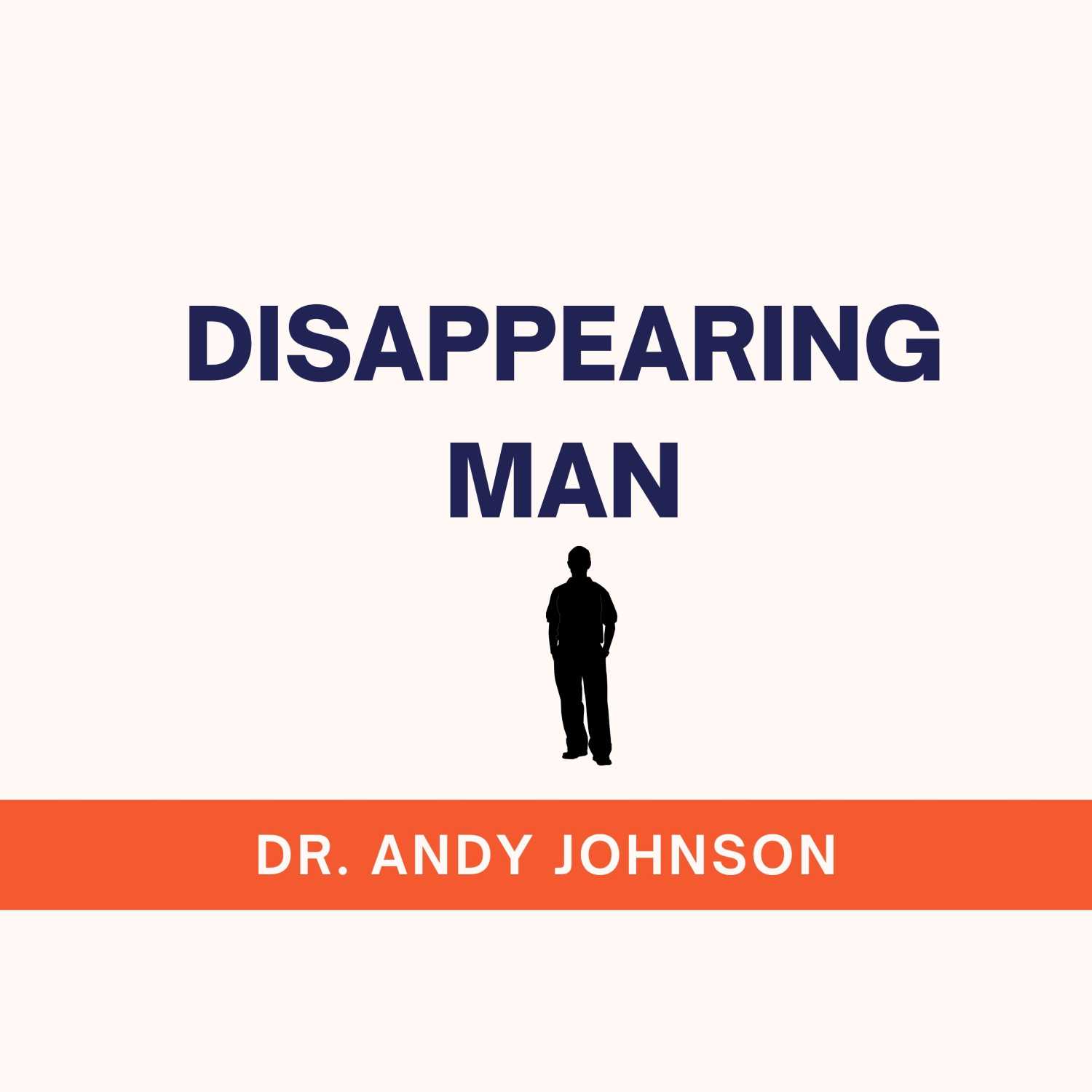
DISAPPEARING MAN
To be fully teacher, one must be fully present. Being fully teacher means being fully human. It is about being in relationship. It is about caring. It is about feeling. It is about keeping children f…
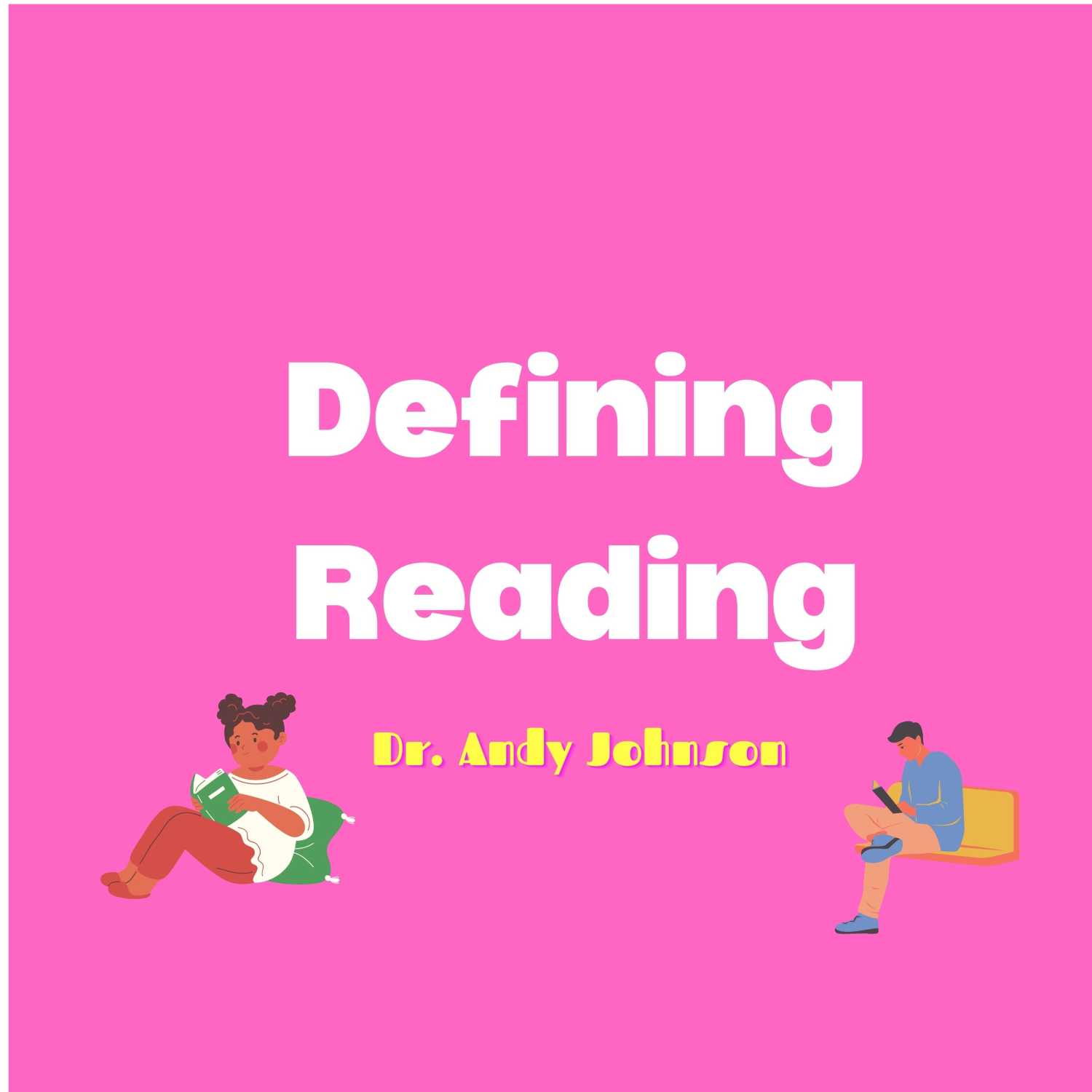
DEFINING READING
Defining and understanding exactly what reading is, is an important part of teaching reading. This podcast defines reading by describing four essential elements:
1. Reading is the practice of using t…
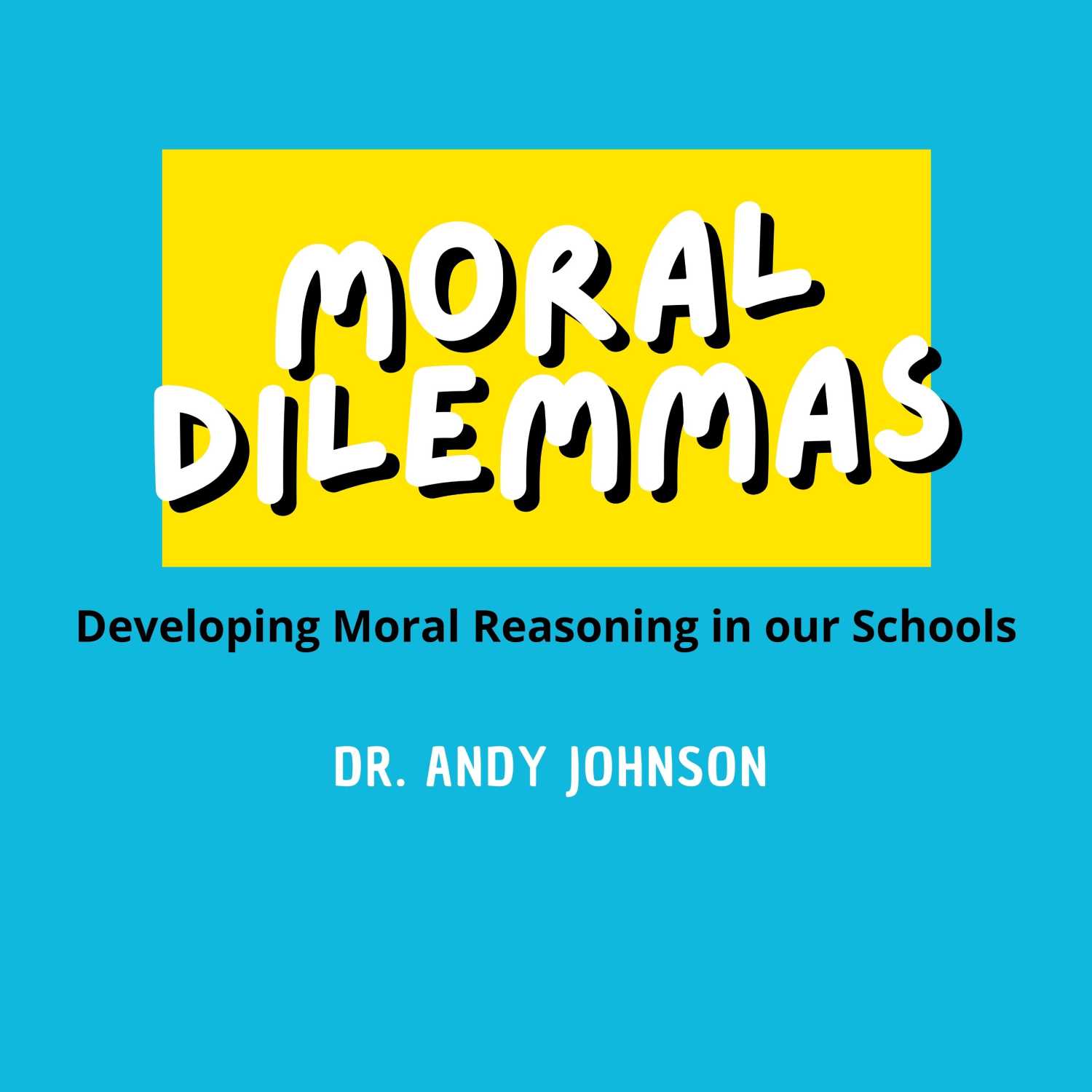
DEVELOPING MORAL REASONING - PART 4: MORAL DILEMMAS
There are three types of activities that can be used to advance students’ moral reasoning: moral dilemmas, values clarification activities, analyzing levels and stages. This podcast addresses mor…
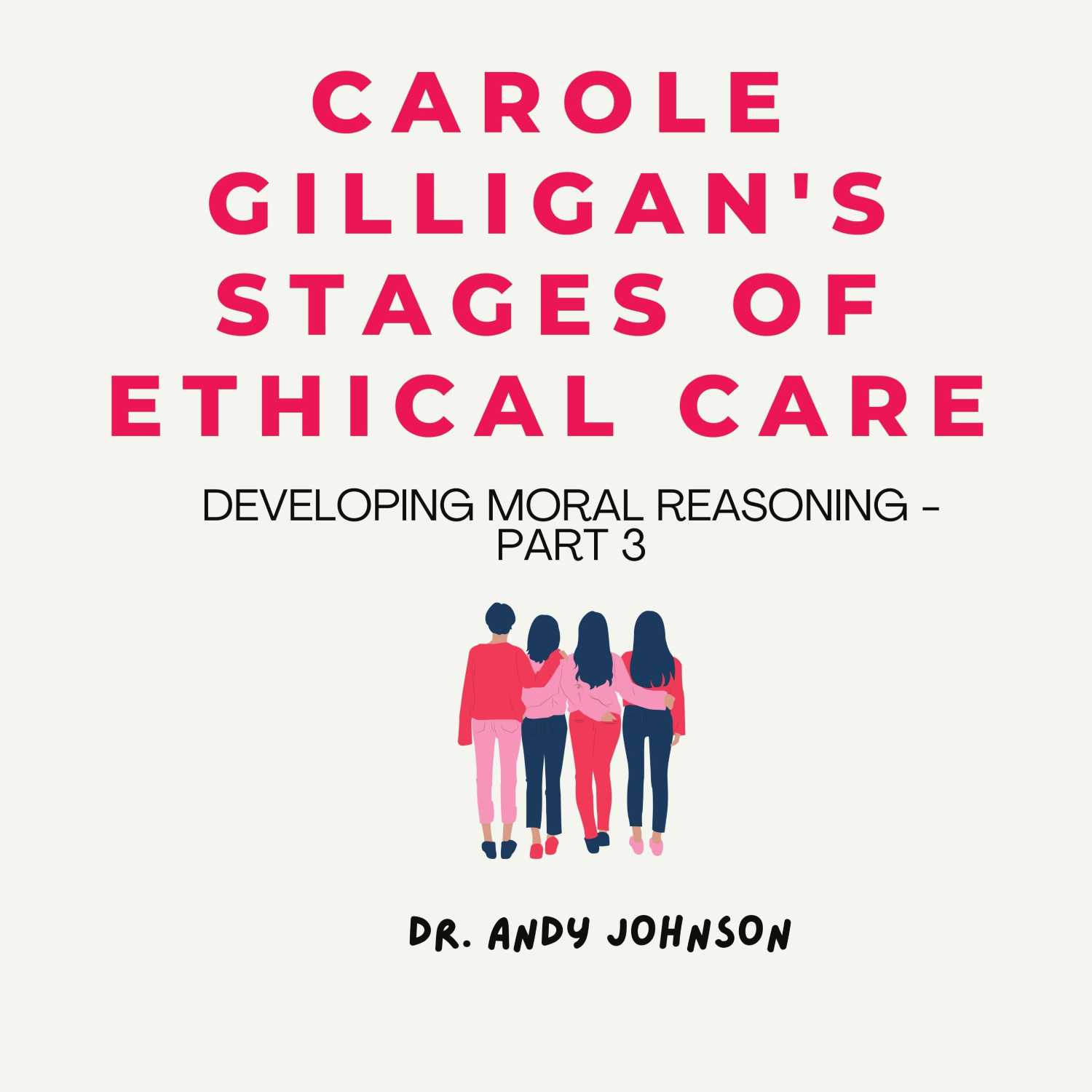
CAROL GILLIGAN'S STAGES OF ETHICAL CARE
Carol Gilligan (1998) contended that Kohlberg’s research excluded and devalued women’s ways of moral reasoning. His theories on moral development were put forth by a male, in a male dominant society…